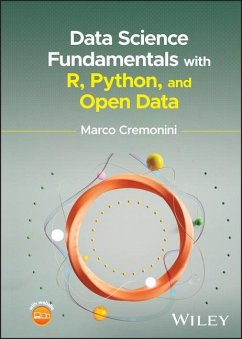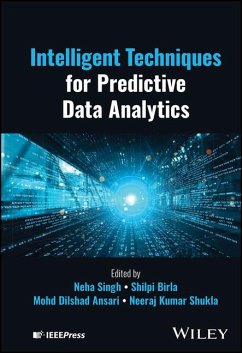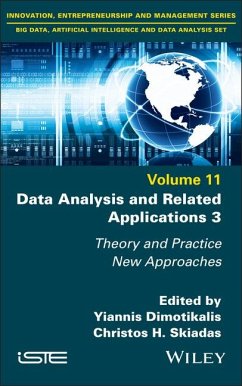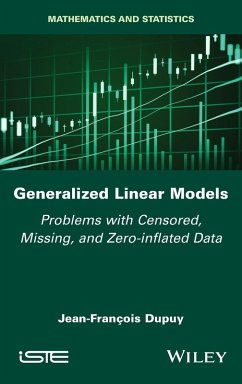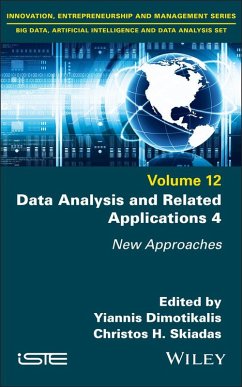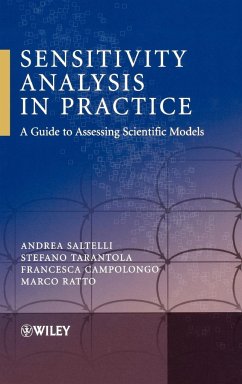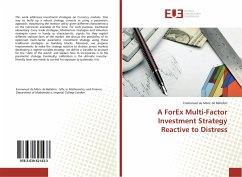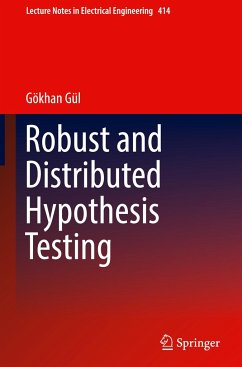
Fundamentals of Robust Machine Learning
Handling Outliers and Anomalies in Data Science
Versandkostenfrei!
Versandfertig in über 4 Wochen
99,99 €
inkl. MwSt.
Weitere Ausgaben:

PAYBACK Punkte
50 °P sammeln!
An essential guide for tackling outliers and anomalies in machine learning and data science. In recent years, machine learning (ML) has transformed virtually every area of research and technology, becoming one of the key tools for data scientists. Robust machine learning is a new approach to handling outliers in datasets, which is an often-overlooked aspect of data science. Ignoring outliers can lead to bad business decisions, wrong medical diagnoses, reaching the wrong conclusions or incorrectly assessing feature importance, just to name a few. Fundamentals of Robust Machine Learning offers a...
An essential guide for tackling outliers and anomalies in machine learning and data science. In recent years, machine learning (ML) has transformed virtually every area of research and technology, becoming one of the key tools for data scientists. Robust machine learning is a new approach to handling outliers in datasets, which is an often-overlooked aspect of data science. Ignoring outliers can lead to bad business decisions, wrong medical diagnoses, reaching the wrong conclusions or incorrectly assessing feature importance, just to name a few. Fundamentals of Robust Machine Learning offers a thorough but accessible overview of this subject by focusing on how to properly handle outliers and anomalies in datasets. There are two main approaches described in the book: using outlier-tolerant ML tools, or removing outliers before using conventional tools. Balancing theoretical foundations with practical Python code, it provides all the necessary skills to enhance the accuracy, stability and reliability of ML models. Fundamentals of Robust Machine Learning readers will also find: * A blend of robust statistics and machine learning principles * Detailed discussion of a wide range of robust machine learning methodologies, from robust clustering, regression and classification, to neural networks and anomaly detection * Python code with immediate application to data science problems Fundamentals of Robust Machine Learning is ideal for undergraduate or graduate students in data science, machine learning, and related fields, as well as for professionals in the field looking to enhance their understanding of building models in the presence of outliers.




